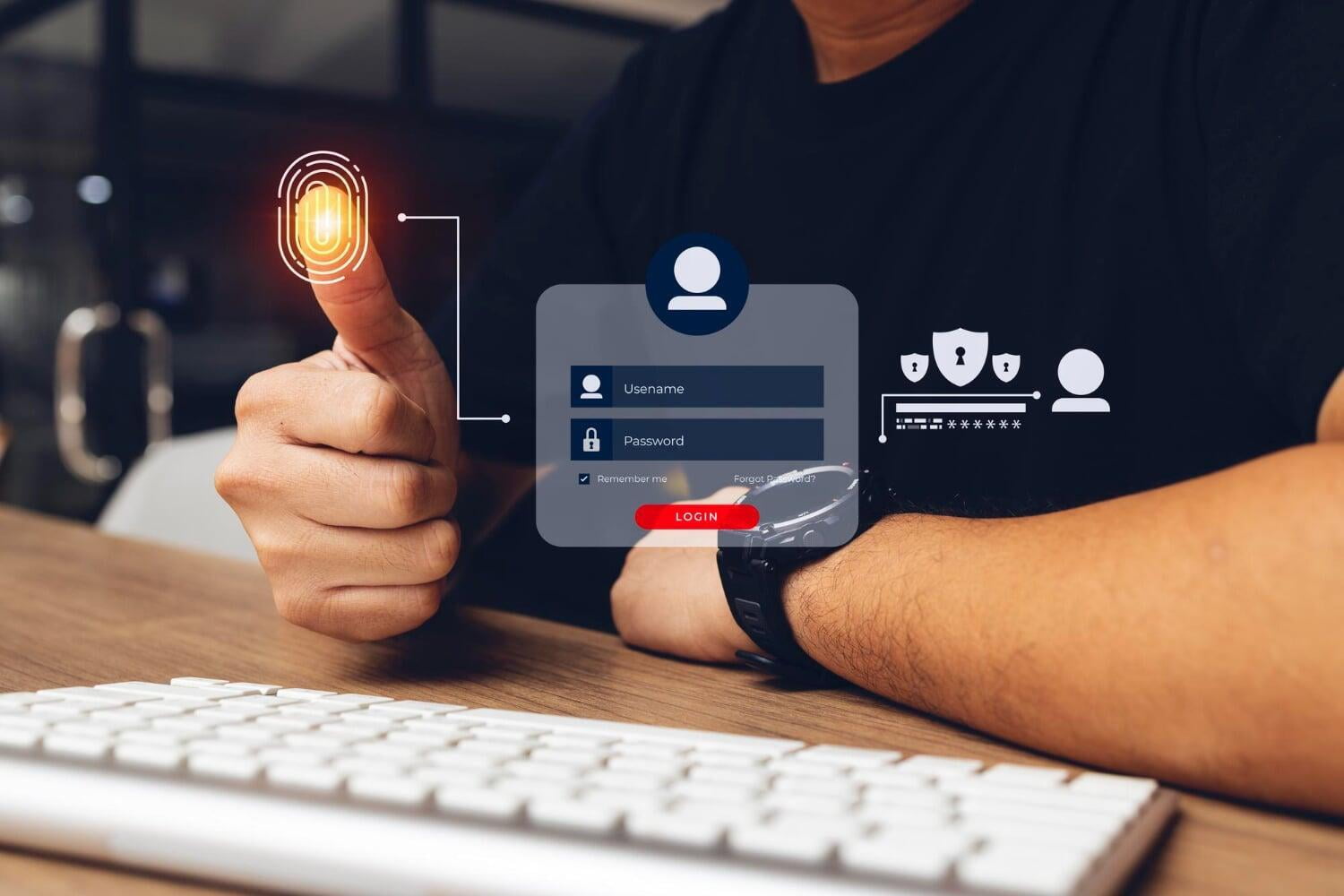In today's interconnected digital landscape, securing sensitive information is paramount. With the increasing sophistication of cyber threats, relying on a password alone is no longer sufficient. Multi-Factor Authentication (MFA) has emerged as a crucial layer of defense, adding an extra dimension to the security equation. However, with a plethora of MFA options available, selecting the right one for your needs can be a challenging task. This guide, brought to you by bits&BYTE Security Solutions, aims to provide a comprehensive overview to help you make an informed decision.

Understanding Multi-Factor Authentication (MFA)
Understanding Multi-Factor Authentication (MFA)
MFA is a security mechanism that requires users to provide multiple forms of identification before granting access to a system.
The three main factors are:

Something You Know
This is typically a password or PIN.

Something You Have
Something You Have
This could be a security token, a mobile device, or a smart card.
Something You Are
Something You Are
This refers to biometric data such as fingerprints or facial recognition.
Factors to Consider When Choosing MFA
Factors to Consider When Choosing MFA
User Experience:
User Experience:
- Ease of Use: Opt for an MFA solution that is user-friendly and does not create unnecessary friction for legitimate users.
- Adaptability: Consider the adaptability of the MFA solution to various devices and environments, ensuring a seamless user experience.
Security Level:
Security Level:
- Strength of Authentication Factors: Evaluate the strength of each authentication factor employed by the MFA solution. A combination of diverse factors enhances security.
- Biometrics: If using biometrics, assess the accuracy and reliability of the biometric technology.
Scalability:
Scalability:
- Business Growth: Choose an MFA solution that can scale with your organization as it grows, without compromising security.
- Compatibility: Verify the compatibility of the MFA solution with a variety of platforms and services.
Deployment Options:
Deployment Options:
- Cloud-Based vs. On-Premises: Consider whether a cloud-based or on-premises MFA solution aligns better with your organization's infrastructure and security policies.
- Integration: Ensure that the MFA solution integrates seamlessly with your existing systems and applications.
Cost Considerations:
Cost Considerations:
- Total Cost of Ownership (TCO): Evaluate the TCO of the MFA solution, including implementation, maintenance, and any licensing fees.
- Return on Investment (ROI): Consider the long-term benefits and ROI of the chosen MFA solution in terms of enhanced security and reduced risks.
Regulatory Compliance:
Regulatory Compliance:
- Industry Requirements: Different industries have specific compliance standards. Ensure that the chosen MFA solution meets the regulatory requirements of your industry.
Popular MFA Methods:
Popular MFA Methods:
Hardware Tokens:
Physical devices generate time-based or event-based codes.
Smart Cards:
Integrated circuit cards used for authentication and secure storage of credentials.
SMS-Based Authentication:
A code is sent to the user's mobile device via SMS.
Mobile App-Based Authentication:
Utilizes mobile apps to generate one-time passcodes.
Biometric Authentication:
Uses unique physical or behavioral characteristics for identification.
Conclusion:
Conclusion:
Selecting the right Multi-Factor Authentication solution requires a careful balance between security, user experience, and organizational needs. By considering factors such as user experience, security level, deployment options, scalability, regulatory compliance, and cost, you can make an informed decision that aligns with your organization's unique requirements. Remember that the threat landscape is continually evolving, so regularly reassessing your MFA strategy is crucial to maintaining robust security in the long run.
In the digital age, the mantra is clear: "Trust, but verify." Multi-Factor Authentication is your ally in achieving this balance.

